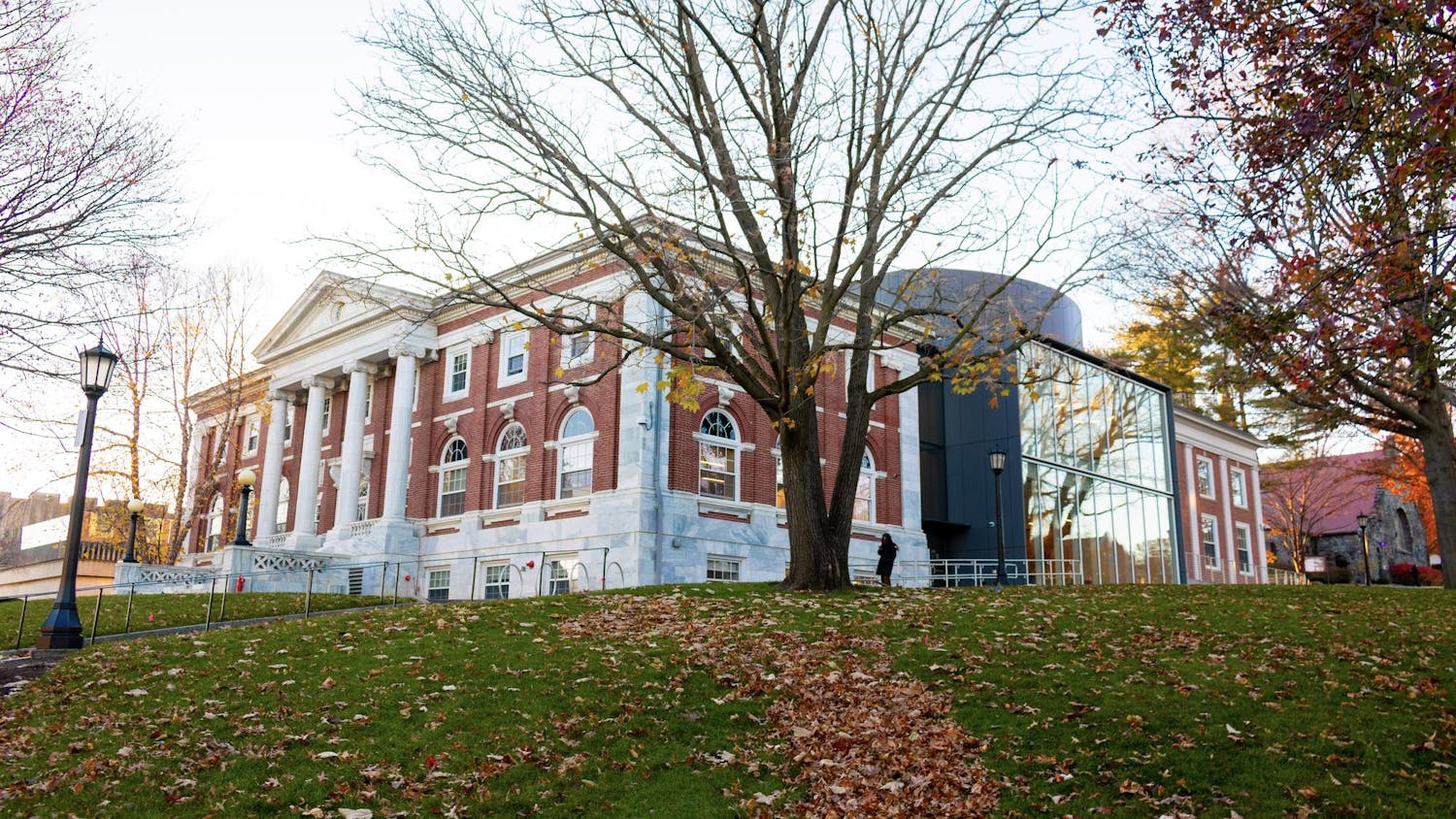On December 21, 2017, Student Life sent out an email notifying the Tufts community of a change to the credit hour system. Starting in the summer of 2018, most 1.0 credit classes will be assigned 3 semester hour units (SHUs). Courses that were 0.5 credits under the old system will be reassigned 2 SHUs, and more time-intensive full credit courses will be assigned up to 5 SHUs. This change will be a multi-faceted process, but is ultimately beneficial to the majority of the student body.
The initial pressure for change came from the U.S. Department of Education. The New England Association of Schools and Colleges (NEASC) found that students could technically graduate with 102 semester hours, less than the 120 minimum semester hours requirement. Although it is debatable whether or not a minimum hour requirement should be a criterion for graduation, alignment with the federal credit hour definition is important in establishing full-time or part-time status for students eligible for federal financial aid.
In addition, most graduate schools and professional schools use the federal definition to assess the GPA of undergraduate applicants. Thus, non-compliance with the federal definition will only potentially harm students applying for federal financial aid as well as graduate studies.
Moreover, as many other undergraduate universities align with the federal definition, an unnecessary burden is placed on students who need to transfer credits to or from other institutions.
Noting such administrative hurdles, one may question the original rationale of the previous system. The original credit system was implemented in the 1970s to purportedly uphold the residential model of a liberal arts university, which is built on the premise that there is equal value to all courses of study, thus every class should be assigned the same number of credits.
Although there is merit in this tradition, it fails to acknowledge that the previous credit system didn’t provide students with an approximation of time needed to complete required coursework. This makes it difficult to form a reasonable academic schedule solely using the information available online. Although there is inherent difficulty in determining the relative “value” of a course, partially because students learn at different speeds, the new credit system will nevertheless help students prepare better for future course loads.
This will hopefully contribute to educational equality across majors, so that a four-year graduation is manageable across the board. In addition, the new system allows for departments to petition for credit assignments, mitigating concerns that liberal arts courses will be categorically devalued in comparison to lab sciences.
Primary concerns, such as the value of courses prior to the change and the effect on the graduating class, have been comprehensively addressed through Student Services. Those graduating in May 2018 or earlier will not be affected by the change to the credit hour system. For students graduating before the credit hours system is fully integrated, past 1.0 credit courses will be converted to 4 SHUs. Although the Classes of 2019, 2020 and 2021 will have to navigate between two systems, the compensation is that those students will receive more SHUs for 1.0 credit classes than future grades would for an average class.
The principal claim, that this change could lead to a major shift from the beliefs of a liberal arts college, is founded on the shallow assumption that the credit system supports a single-disciplinary environment. However, one must note that the true spirit of a liberal arts education lies in approach to education; that students and faculty actively partake in the classroom, rather than skirting by with the bare minimum. Though tradition provides stability, this change marks real progress in equalizing educational opportunity.
More from The Tufts Daily
Editorial: Letter to the Hill
By
The Editorial Board
| December 8
Are the Oscars really merit-based?
By
Jachin Lam
| December 8





